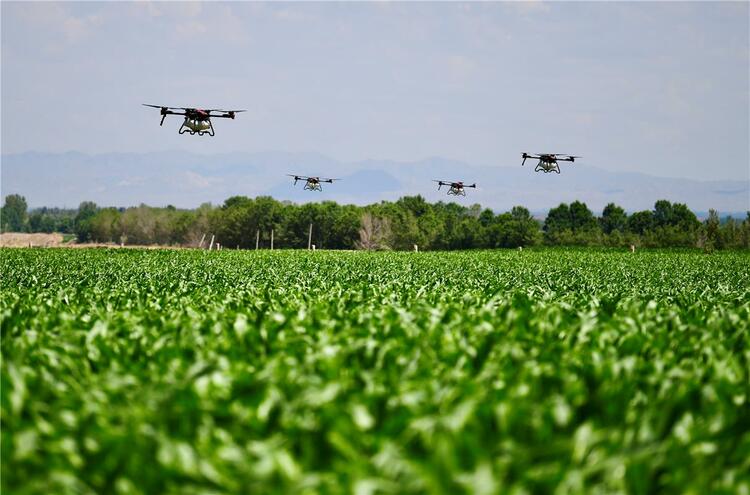The Internet of Things (IoT) is revolutionizing agriculture by providing farmers with valuable data-driven insights that enhance productivity, sustainability, and resource efficiency. In this article, we explore how IoT is transforming the farming landscape.
IoT in agriculture involves the use of sensors and connected devices to collect and transmit data from farms to centralized platforms. This data includes information on soil conditions, weather, crop health, and livestock well-being. By analyzing this information, farmers can make informed decisions to optimize their operations.
Soil sensors are a fundamental component of IoT in agriculture. They monitor parameters like moisture levels, temperature, and nutrient content in real time. This data allows farmers to precisely manage irrigation and fertilization, ensuring that crops receive the right amount of water and nutrients. This, in turn, maximizes yields while minimizing resource waste.
Weather stations equipped with IoT sensors provide up-to-the-minute weather data that helps farmers plan their activities. By knowing when rain is expected or when frost is likely, farmers can protect their crops and make timely decisions about planting and harvesting.
Livestock management is also being transformed by IoT. Sensors placed on animals can monitor their health, activity levels, and location. Farmers can receive alerts about the health of individual animals, detect signs of illness early, and even track the location of wandering livestock. This real-time monitoring enhances animal welfare and improves overall herd management.
Drones equipped with IoT sensors and cameras capture high-resolution imagery of fields and livestock. These images provide valuable insights into crop health and can be used to detect pest infestations or nutrient deficiencies. Drones also aid in livestock management by locating animals in large pastures and identifying issues like injuries or missing animals.
Connectivity is a critical aspect of IoT in agriculture. Farmers can access data from their farms through web-based platforms and mobile apps, allowing them to monitor and control their operations remotely. This connectivity enhances decision-making and responsiveness.
In conclusion, IoT is transforming agriculture by providing farmers with real-time data-driven insights. This technology improves resource management, enhances productivity, and contributes to sustainability. As IoT continues to evolve, it promises to play an even more significant role in shaping the future of farming.







Please sign in to comment
register